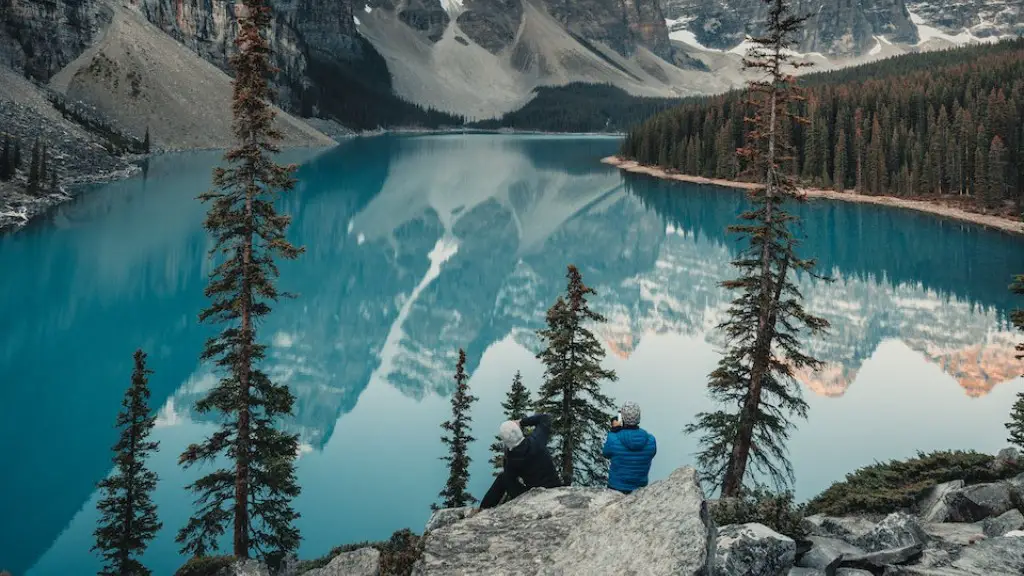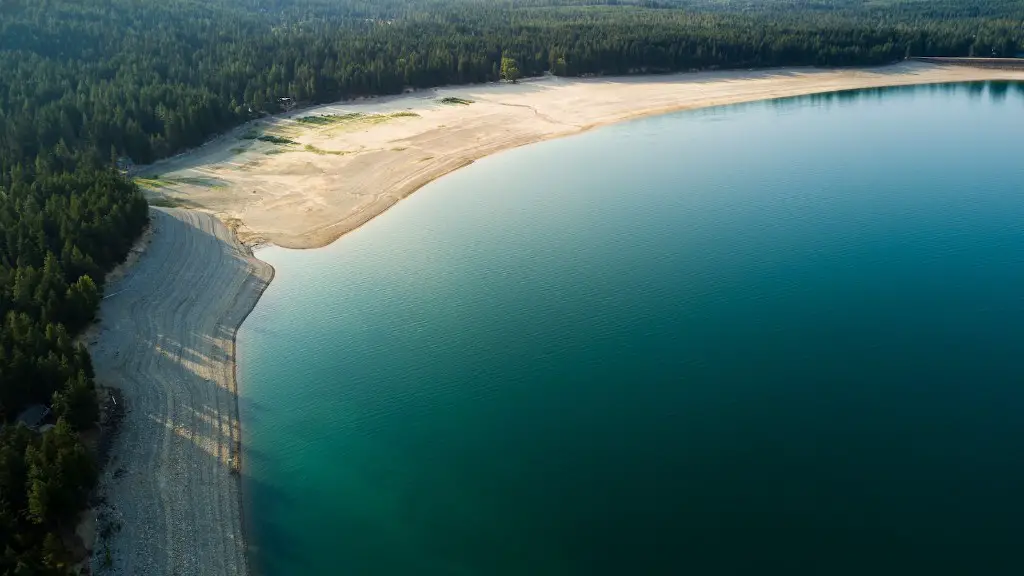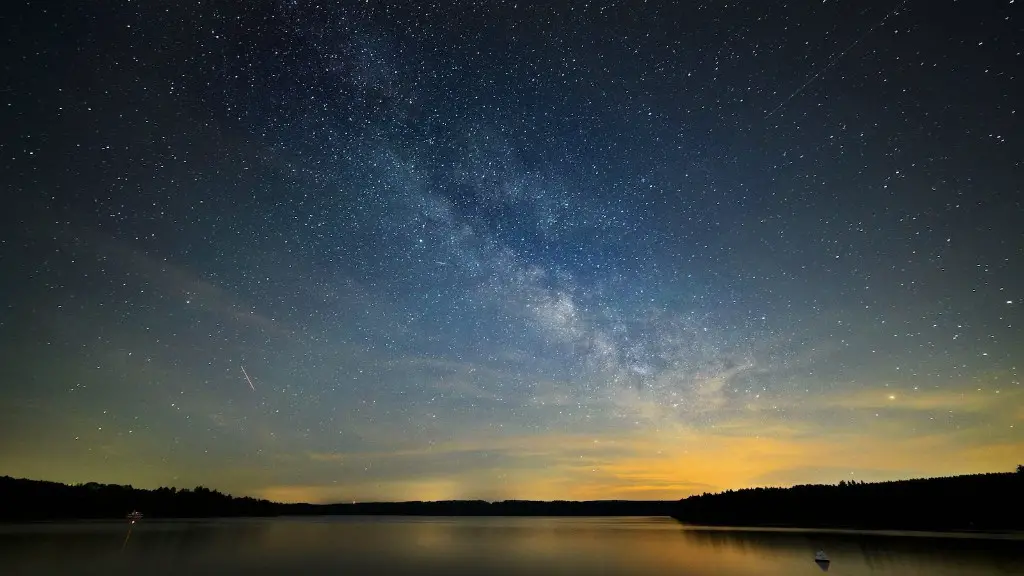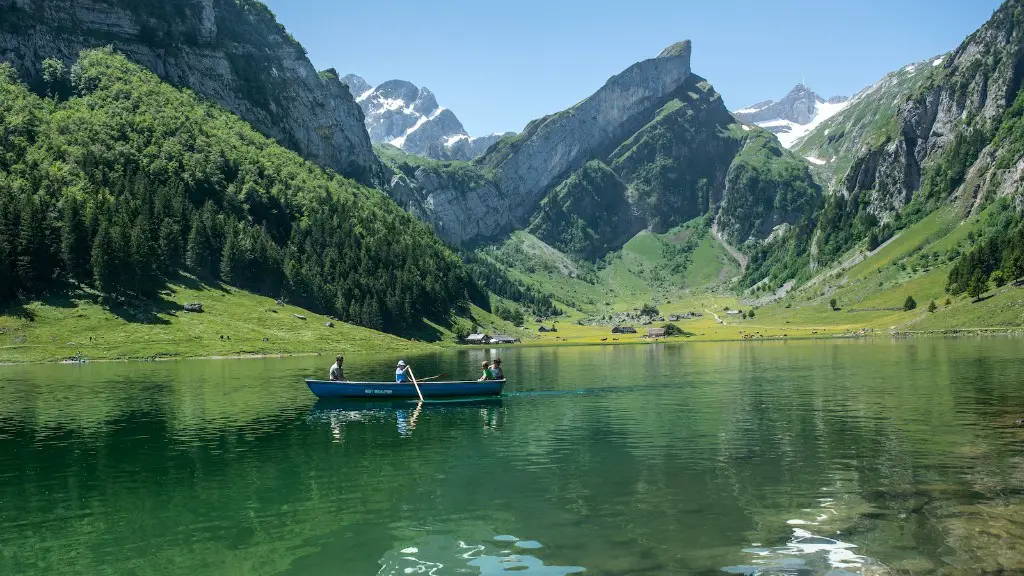Exploring the History of Who Discovered Lake Michigan
Lake Michigan, located in the Midwestern United States and part of the Great Lakes system, is the third largest of the five Great Lakes. As a lake of significant size and unique beauty, Lake Michigan’s discovery is an interesting part of American history. Although the lake has been known to the Native American tribes in the region for thousands of years, what is important to note is that Lake Michigan was “discovered” by Europeans in modern times.
The first European to recognize Lake Michigan as a separate body of water was Louis Jolliet, a French explorer who was commissioned by the French government to investigate the Mississippi River in 1673. For many years, it was assumed that Jolliet had discovered Lake Michigan since he was the first documented explorer to recognize it as a separate entity.
In later years, however, historians began to believe that another French explorer, René-Robert Cavelier, Sieur de La Salle, was the first to recognize Lake Michigan. This revision of history was prompted by the recent discovery of a map from 1681 that La Salle had created during his voyage around Lake Michigan. This map notes areas in Wisconsin, Michigan and Illinois, which suggest that La Salle had definitely visited Lake Michigan.
Although La Salle was the first to recognize Lake Michigan as a separate body of water and map out the area, it was Jolliet who was dubbed as the “discoverer” of Lake Michigan by the French government. This is because La Salle was a private explorer, while Jolliet had been commissioned by the French government and was, therefore, the first explorer to officially “discover” the lake.
Studying the Native Tribes’ Connections to Lake Michigan
Whether or not La Salle or Jolliet were the “discoverers” of Lake Michigan, it has been a significant part of the local indigenous culture for hundreds of years. Before Europeans arrived in the region, Native American tribes lived near the lake and used its resources for their own survival. Various tribes traveled by canoe along the shores of the lake to trade and had close connections to the waterways.
The use of Lake Michigan by the local tribes is illustrated through archaeological evidence and stories passed down to the tribes’ descendants. While the legacy of Louis Jolliet and René-Robert Cavelier, Sieur de La Salle is credited with their impact on the history of Lake Michigan, the real “discoverers” of the lake are the native Americans and their ancestors.
Many of the names of places around the lake and associated with Lake Michigan come from the Native American language, such as Michigan, a Cherokee (Pontiac’s Tribe) word that means “large lake,” and Chicago, an Algonquian word that means “onion fields.” The architectural and cultural legacy of the tribes is also seen in sites and landmarks that are still standing today.
Exploring Lake Michigan’s Impact Throughout the 20th Century
In the 20th century, Lake Michigan has had an influence beyond the local tribes and has become an important part of life in the region. Home to a variety of species, the lake provides an abundance of fish and is an integral part of the local economy. Lake Michigan is also a popular destination for recreational activities, such as fishing, sailing, and sightseeing.
The lake has also contributed to scientific research and exploration in the region, such as oceanography and meteorology. Engineers have even looked to Lake Michigan for possible solutions to the energy crisis. There has been talk of constructing a dam on the lake in order to generate hydroelectric power, although this has yet to be pursued.
With its abundant resources and great importance to both the local economy and the region at large, Lake Michigan provides a multitude of opportunities for those who live and work near it. Its exploration and “discovery” by Europeans centuries ago has truly shaped its legacy as a source of both industrial development and recreational leisure.
Lake Michigan’s Ecology and Natural Attributes
Today, Lake Michigan is renowned for its rich and diverse ecosystem, consisting of lush forests, wetlands, and many types of aquatic life and plants. Its majestic beauty has earned the lake numerous awards, including being named the “best recreational and swimming beach” in the Midwest. The lake has a wide variety of species, such as tiny fish and immense mammals, making it one of the most diverse bodies of water in the entire world.
As a large body of water, it can also cause major weather events in the winter, when it freezes and creates large floes that can block rivers and disrupt shipping and boat traffic. Scientists have also noted how Lake Michigan affects the climate in its local area, influencing environmental conditions and providing beneficial cooling in the hot summer months.
One of its most notable features is its size, as it accounts for 22% of the total surface area of the five Great Lakes combined. It is also quite deep, reaching depths of up to 950 feet in some places. This makes Lake Michigan an awe-inspiring figure in the landscape of the Midwest, a fitting tribute to the time and discoveries of Louis Jolliet and René-Robert Cavelier, Sieur de La Salle.
Preserving Lake Michigan’s Historic Sites
The lake is also home to many historic sites that are still preserved today. Examples include lighthouses and ports that have stood the test of time, their presence still visible today.
In addition to its physical attractions, there is also a cultural aspect to Lake Michigan that attracts tourists. Given its rich history and impressive natural features, the lake has also become a popular destination for cultural activities, such as music and art festivals.
There are also numerous trails and parks around the lake, allowing visitors to explore the area’s many attractions. The lake serves as a source of recreation for many and a reminder of the region’s fascinating history.
Conclusion
Lake Michigan was an integral part of the lives of many cultures before its European “discovery.” Today, the lake remains an important part of the Midwestern United States, home to a diverse array of natural attractions and cultural activities. The legacy of Louis Jolliet and René-Robert Cavelier, Sieur de La Salle are remembered as significant milestones in the history of Lake Michigan.




